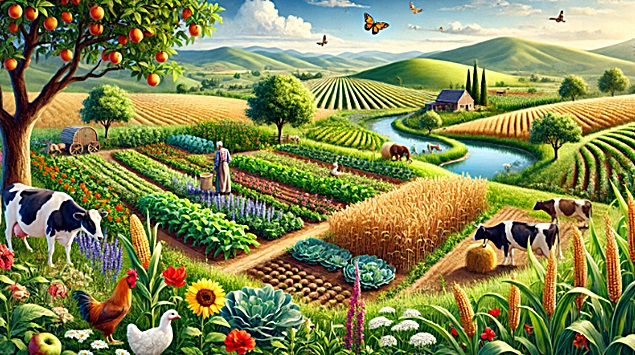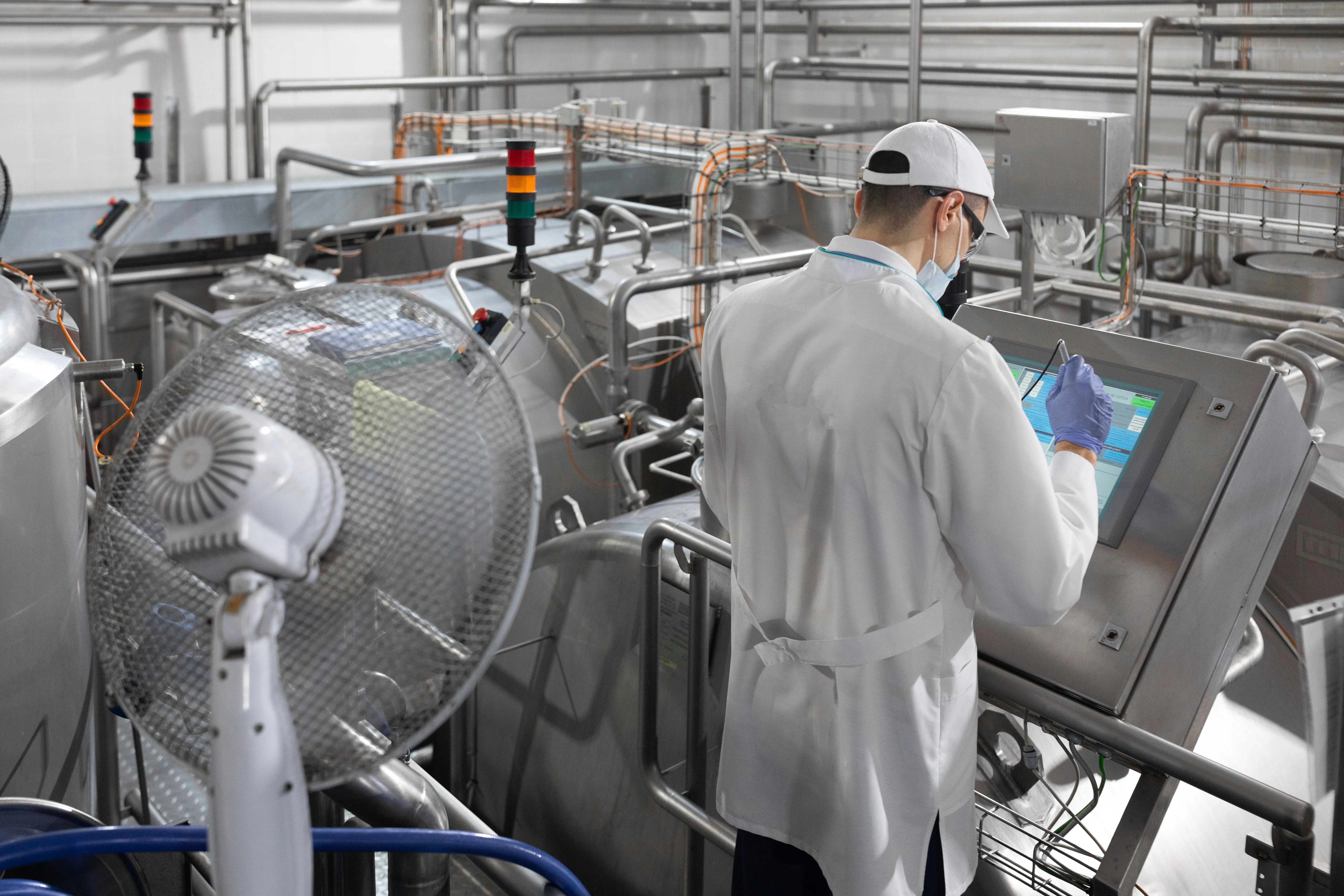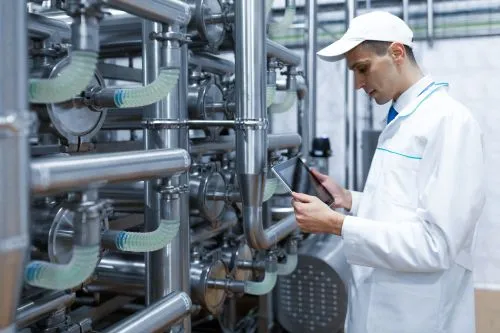
FAO: Biodiversity at the Heart of Global Agrifood System Transformation
The FAO has announced that a new global conference on biodiversity took place in Rome. Following a landmark session in Cali, Colombia, delegations reconvened at the FAO headquarters from 25 to 27 February 2025 to address critical outstanding issues that will shape future biodiversity actions. The transformation of agrifood systems has emerged as a key pillar for global success in this effort.
For FAO, this meeting represented a crucial opportunity to deliver a vital message: transforming our agrifood systems is not just beneficial, it is indispensable for safeguarding global biodiversity.
Why is biodiversity essential for food security and agrifood system transformation?
"Biodiversity is absolutely fundamental to food security and to the transformation of our agrifood systems," explained Kaveh Zahedi, Director of FAO’s Office of Climate, Biodiversity and Environment. "Think of it this way: our ability to produce food sustainably—ensuring everyone has enough to eat now and in the future—is directly built on the foundation of biodiversity."
The agrifood sectors—whether we talk about crops, livestock, forestry, or fisheries—are inherently dependent on biodiversity. Biodiversity is the source of many of the species we directly use for food, fuel, and fiber.
In other words, from the variety of crops we grow and the animals we raise, to the trees that provide timber and the fish we harvest, all originate from the diversity of life on Earth.
Beyond the species we harvest directly, biodiversity encompasses countless other organisms that play vital, often invisible roles in the functioning of our food systems. These species drive essential ecosystem functions and services.
"Take pollinators, for example—bees, butterflies, and other insects are critical for the reproduction of many crops, directly boosting our yields," Zahedi added.
There are also natural enemies of pests, which help control populations and reduce our reliance on harmful pesticides. Not to mention healthy soils, teeming with diverse microorganisms that are essential for nutrient cycling and plant growth.
Even the oxygen we breathe and the clean water we use for agriculture are ultimately linked to biodiversity. When it comes to fisheries, biodiversity provides food and habitats for the fish species we harvest.
Moreover, genetic diversity within species is a critical component of biodiversity for food security. This genetic variation allows crops and livestock to adapt to changing environments, resist diseases, and evolve to meet our needs.
"Maintaining this genetic diversity is key to building resilient agrifood systems that can withstand future challenges, including climate change and emerging pests and diseases," Zahedi emphasized.
Ultimately, none of these elements work in isolation. Diverse and healthy ecosystems—such as forests, mangroves, grasslands, seagrass beds, savannahs, and oceans—provide habitats, regulate climate and water, purify air, and support the countless species we rely on for food and nutrition, whether from agriculture, forestry, fisheries, or aquaculture.
"In essence, biodiversity underpins the productivity, resilience, and sustainability of our agrifood systems, making it indispensable for long-term food security," Zahedi concluded.





